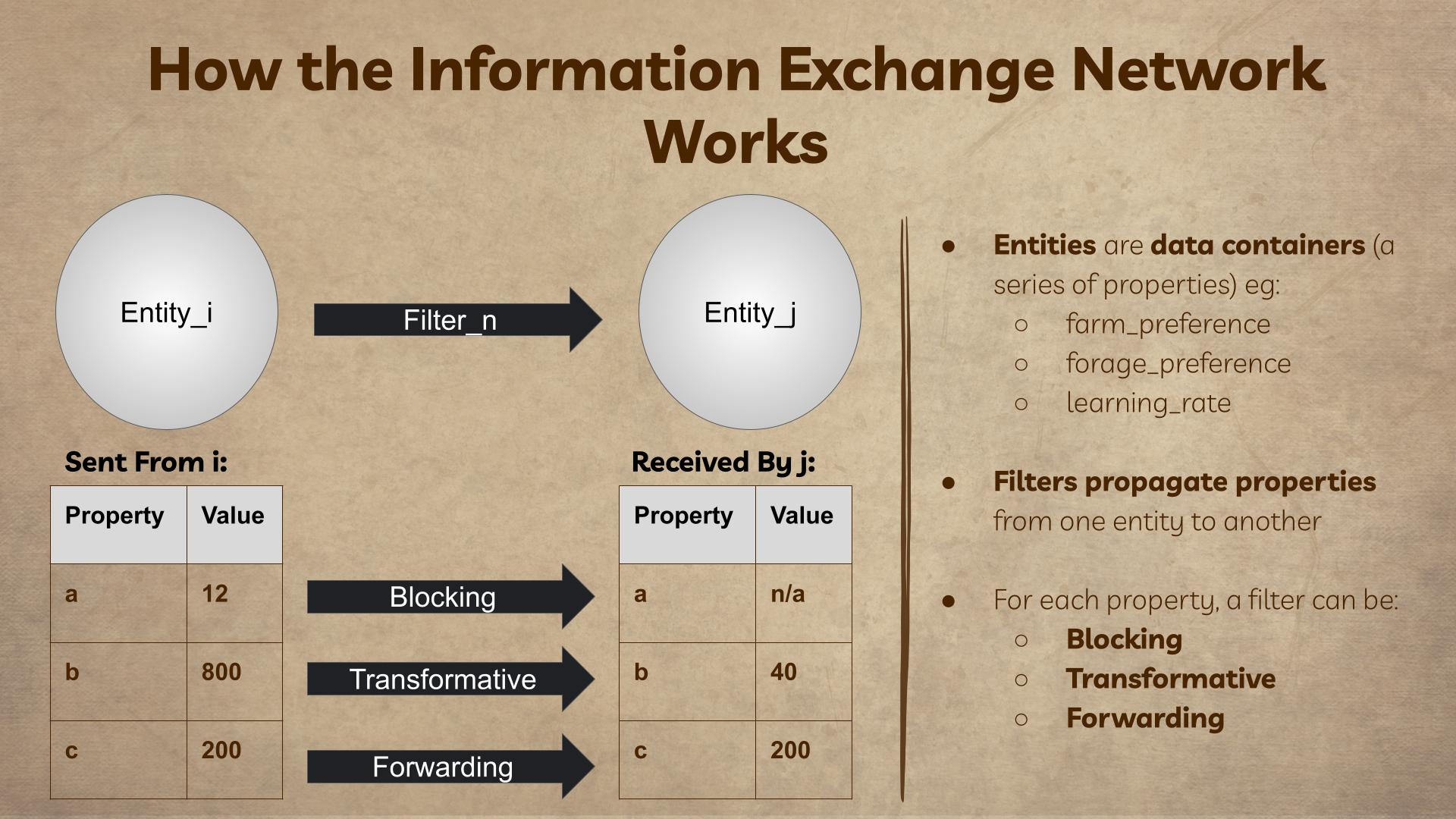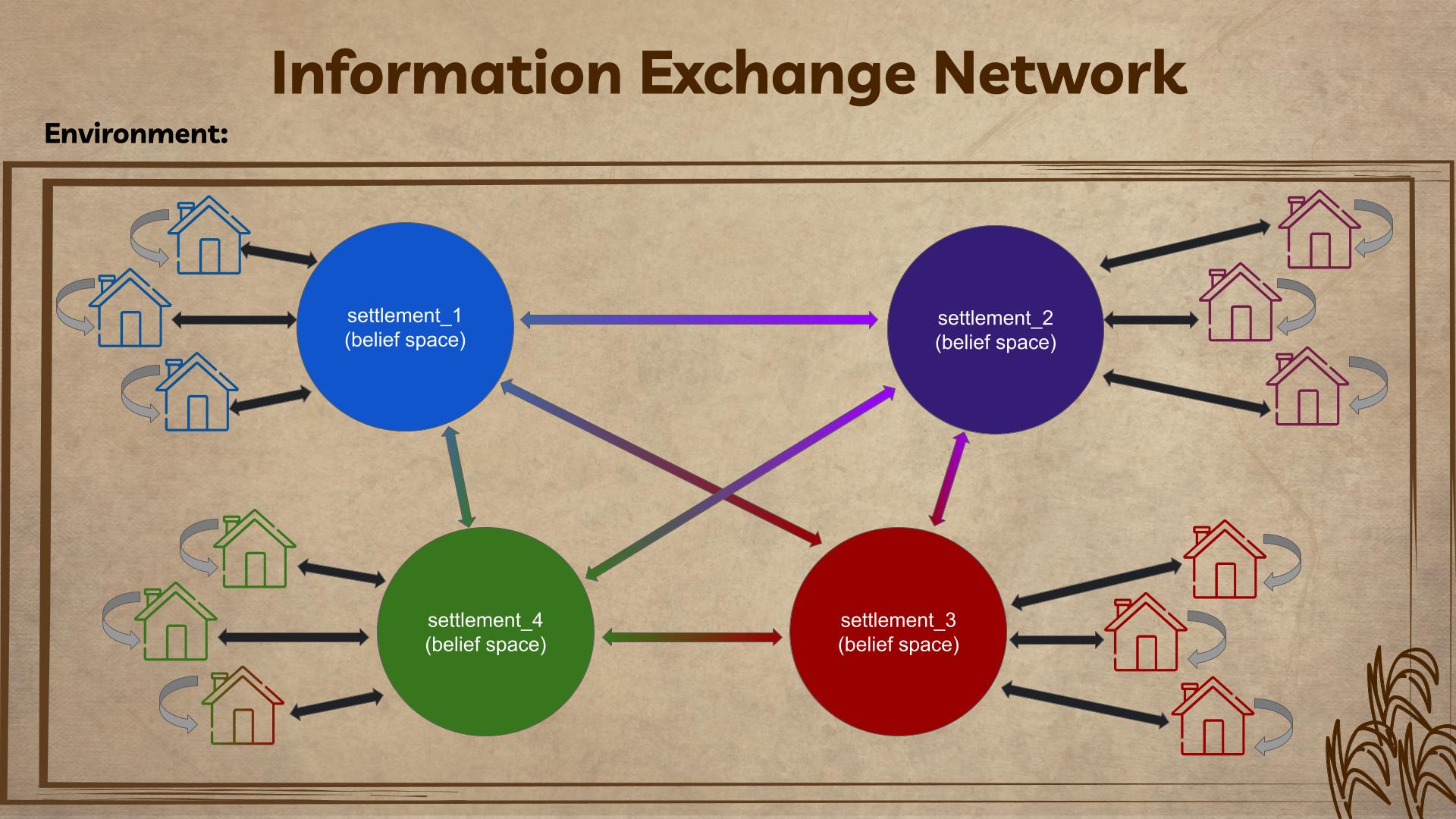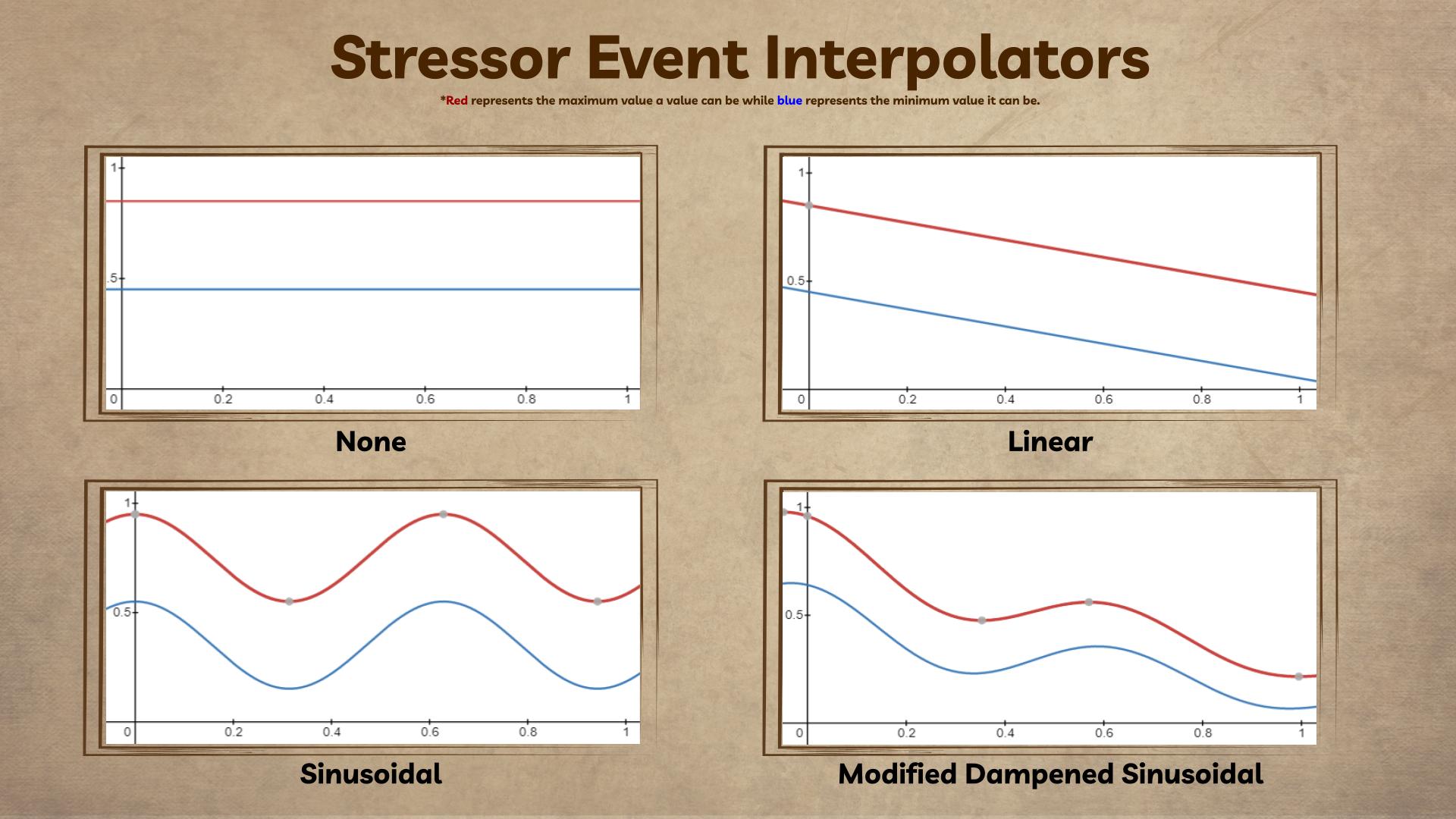Abstract
Agent-Based Models (ABM) are dynamic computational models that utilize autonomous agents capable of interacting with other agents and adapting to novel situations within the simulations they occupy.
ABM are becoming increasingly popular in Computational Archaeology whereby ABM allow archaeologists to study the emergence of complex social phenomena through the lens of individual behaviours and interactions not typically observable in the archaeological record. However, ABM are no panacea. This is especially true when it pertains to modelling adaptability, a fundamentally human trait not evident in most ABM.
We develop an information exchange model that utilizes Machine Learning (Specifically Genetic, Cultural and Reinforcement Learning algorithms) as filters that facilitate the introduction of adaptive mechanisms into our ABM. Using Predynastic Egypt as a contextual backdrop, we demonstrate that our Adaptive agent exhibits greater adaptive capacity than traditional, rule-based, agents. Additionally, we demonstrate that the Adaptive agent produces emergent phenomena not evident in the traditional agent. The most notable of these emergent phenomena is the emergence of hybrid resource acquisition strategies whereby the Adaptive agents are capable of alternating between Foraging and Farming depending on the conditions within their environment.
Videos 2
Watch presentations, demos, and related content
Video Presentation
Simulation Animation. Yellow pixels represent settlement locations, and red cells represent farmland.
Like, comment, and subscribe on YouTube to support the creator!
Simulation Animation. Yellow pixels represent settlement locations, and red cells represent farmland.
Gallery 5
Explore the visual story of this exhibit

Project Title Image

An overview of how the the Information Exchange Network works. In our work, the Environment, Agents and Settlements are Data Containers while the ML techniques are used as filters.

New title image

An Overview of the Information Exchange Network in our Simulations

The Interpolators used to control the maximum and minimum values of Rainfall, Temperature and Nile Flood Height over the course of a simulation.